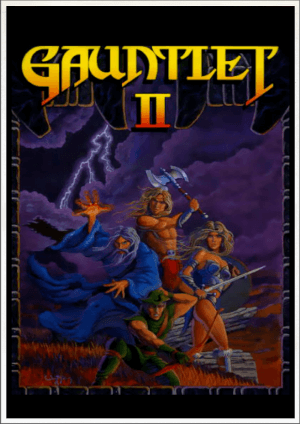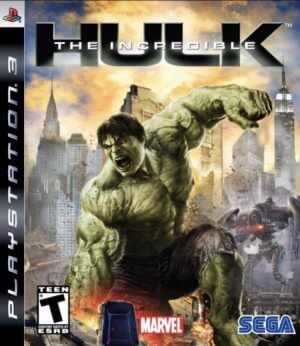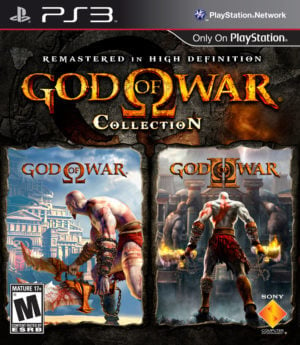Spec Ops: The Line is a third-person military shooter. It is the latest installment in the long-running Spec Ops series, but it does not refer to previous games’ narrative or gameplay mechanics. The game occurs in Dubai, where several sandstorms have wreaked havoc on the environment. After serving in Afghanistan, Colonel John Konrad volunteered to command the 33rd battalion in the city’s evacuation. Six months had passed with no news of his mission until a transmission was received in which he described the evacuation as a complete failure. A team of three men who served under Konrad is tasked with locating survivors and promptly leaving the city to radio command from outside the storm wall and dispatching the cavalry. The squad consists of Captain Martin Walker, Lieutenant Adams, and Sergeant Lugo, with the player controlling only Captain Martin Walker and the AI controlling Lieutenant Adams and Sergeant Lugo. They must combine tactical squad maneuvers with gunfire and cover-seeking to progress through the missions. It is not a coincidence that the colonel’s surname is Konrad, a reference to Joseph Conrad, the author of Heart of Darkness, from which the film Apocalypse Now draws inspiration, as the overall plot is based on the book Heart of Darkness.
The game is introduced with a flashforward of a fierce air battle between two helicopters in the prologue before the squad enters the city in the first chapter. Initially, the entire area is deserted, but they soon discover the bodies of members of the 33rd and are attacked by insurgents from the site. The various missions lead the squad through sand-covered Dubai with decaying modern structures and residences. Cover-seeking, targeting from behind obstacles, vaulting, sprinting, and eliminating insurgents are game mechanics. As only the main character is under the player’s control, team members act independently but can also be given specific commands. Walker can, for example, request to engage a particular target, move to an exact location, hurl a flashbang, or heal each other. In addition to conventional firearms and grenades, there are melee assaults and brutal executions. At a certain point, mortars can be utilized alongside a camera and a gun controlled by a laptop to fire, there are static turrets, and there is a mission that involves firing from a helicopter. Weapons can be seized from fallen foes. Regenerating health is automatic when hiding behind concealment. When a character is injured, blood splatters around the screen’s perimeter and the background turns grayscale.
Due to the obstacles, abrupt sandstorms, and the sun’s influence, the environment plays a significant role. Numerous objects can be used for alternate assaults, such as shooting a roof containing a great deal of sand or targeting windows to rain glass on enemies. Sand can bury people, obstruct vision during a storm, and a grenade detonation can cause it to fly into adversaries’ faces. The missions are predominantly corridor-based and frequently feature scripted sequences and encounters that lead to confrontations. The game focuses heavily on the interaction between squadmates who remark on the current situation. The game often centers on the moral quandary of wanting to evacuate survivors while constantly being attacked by insurgents who believe the United States is coming to kill them. The majority of this conflict is revealed through conversations between the three soldiers. Sometimes, moral decisions must be made, typically selecting the lesser of two atrocities. These selections have no direct effect on the mission’s outcome, but they lead to four distinct conclusions. Later in the game, Walker will also collaborate with other individuals. In the single-player mode, there are a total of 15 chapters.
Multiplayer modes consist of ordinary (Chaos) and team deathmatch (Mutiny) and are centered on two factions: The Exiles and The Damned. Before beginning a battle, the loadout can be customized, and up to five faction-specific classes can be unlocked. Officer, Sniper, Gunner, and Medic are the four standard classes, with Scavenger and Breacher being unique to The Damned and The Exiles, respectively. Each class has access to unique weapons and items, and a persistent statistics system tracks the player’s progress across encounters. As you gain levels, new weapons become available. Each class also has access to perks, and it is possible to re-enlist and obtain upgraded versions of each category once the maximum level has been reached. By utilizing benefits frequently, they are also enhanced. Other game modes emphasize objectives, such as the Rally Point mode, comparable to King of the Hill. Uplink is predicated on defending a communications array and securing locations using a territory system. In the third mode, Buried, teams must protect repairable sites on the map. Each squad is assigned three weak points that the opposing team must eliminate but can also be repaired. Once these three have been destroyed, a final weak point in the adversary base is revealed, and the team that captures it wins the match. Playlists offer variations on game modes, such as the combination mode Combat or the mode Attrition with no respawns.
















